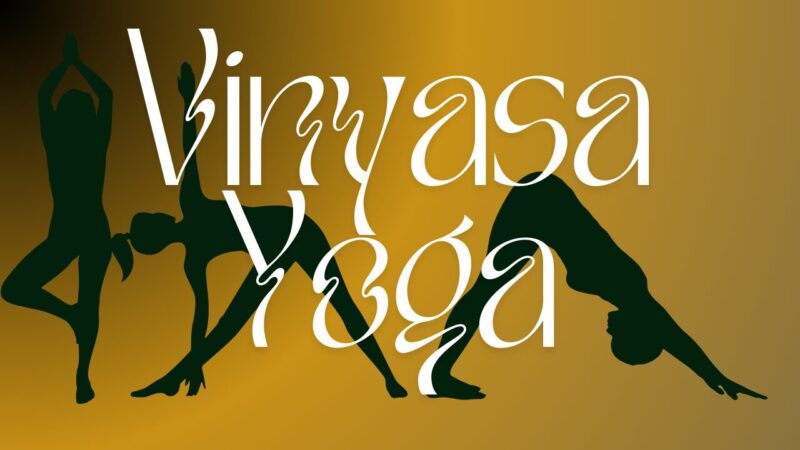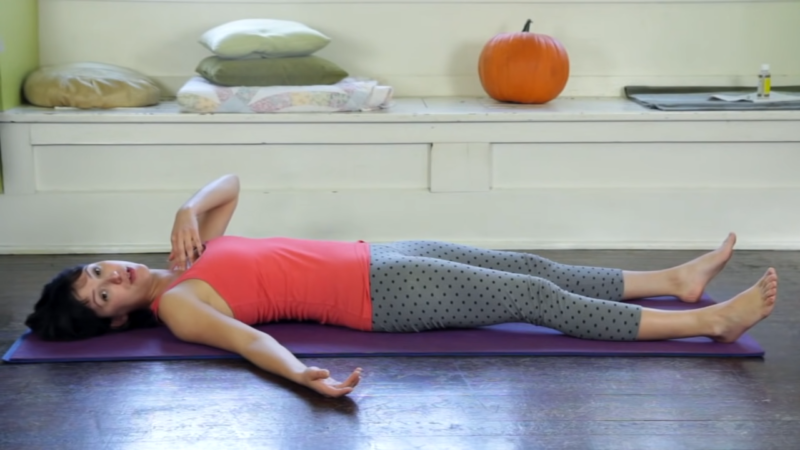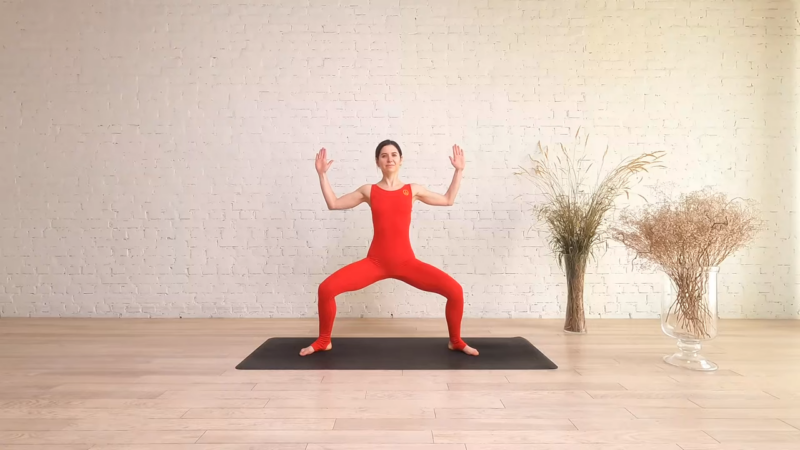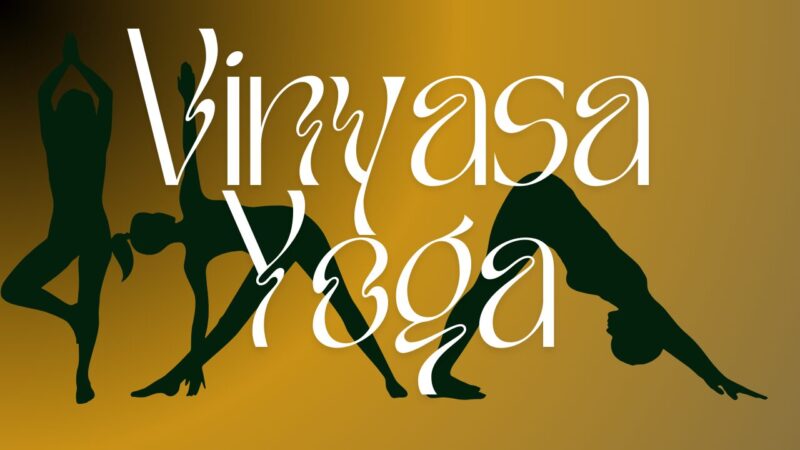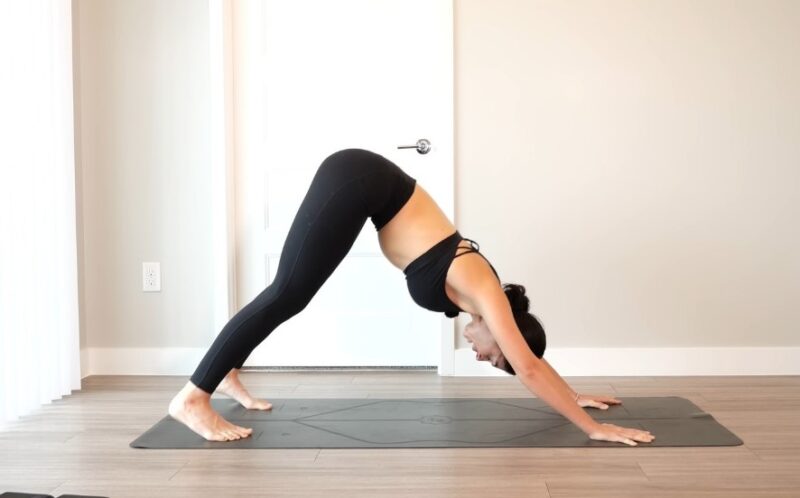
Share Post:
Ever heard of somatic yoga? No, it’s not some mystical nonsense. It’s a transformative practice that marries movement with mindfulness to crank up your body awareness and healing. It’s like yoga, but with brains and a body-centered twist.
Somatic Yoga In a Nutshell
Somatic yoga is all about tuning into your body’s innate wisdom. Imagine moving not to nail a perfect pose, but to release tension, restore balance, and get your body moving the way it was always supposed to. Sounds refreshing, doesn’t it?
Traditional yoga might have you obsessing over how you look in each pose, but somatic yoga flips the script. The focus is on how you feel, not how you look.
Origins of Somatics
Let’s talk history for a second. The concept of somatics dates back to the 1970s, thanks to Thomas Hanna, a philosopher and somatic educator. He figured out that our bodies respond to stress and trauma with specific muscular reflexes.
Think of it as your body’s not-so-subtle way of saying, “Help, I’m stressed!” Hanna’s work laid the groundwork for somatic practices, which combine bodywork, movement, and even psychotherapy to help manage muscular pain, improve balance and posture, and release stored-up tension and trauma.
How Somatic Yoga Differs from Traditional Yoga
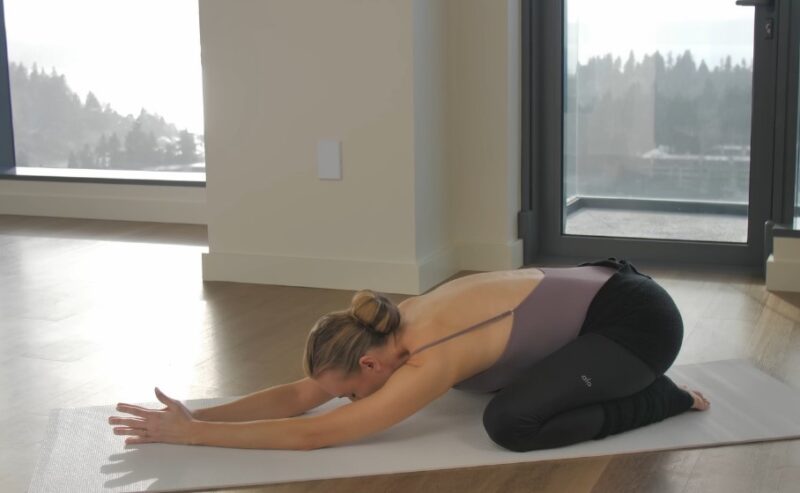
Yoga is often about striking a pose and holding it. But in somatic yoga, the focus is on natural shapes and mindful movements. The approach here is slow, intuitive, and minimal on alignment cues.
The ultimate goal is not to look good for social media, but to feel good from the inside out. By emphasizing internal experiences over external appearances, somatic yoga cultivates new neural pathways and strengthens the body-mind connection.
Benefits of Somatic Yoga
So, what’s in it for you? Here are some of the perks of getting into somatic yoga:
- Improved Body Awareness: Start noticing what your body’s been trying to tell you all along.
- Stress Reduction: Melt away that stress like butter on a hot day.
- Pain Relief: Say goodbye to those nagging aches and pains.
- Enhanced Flexibility and Mobility: Move like you’re meant to, not like a stiff robot.
- Emotional Release: Let go of all the emotional baggage stored in your muscles.
Trauma Recovery and More
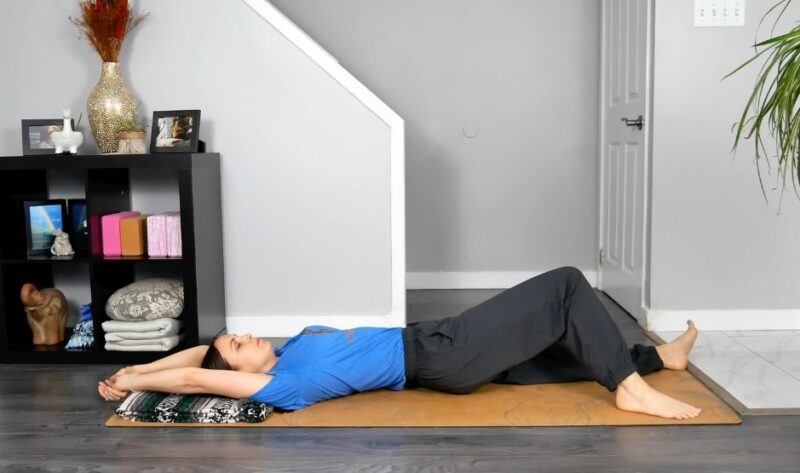
When you’re dealing with all that heavy stuff – the trauma and the pain, somatic practices can be like a lifeline. They give you this gentle, non-invasive way to really work through it all, to process and let go of the stuff that’s been weighing you down.
It’s almost like therapy, but for your whole self – body, mind, everything. The slow, mindful movements and the soft little cues to keep you aligned really help soothe your nervous system. That’s very important, especially if you’re the kind of person who needs that extra bit of care and tenderness to work through all the heavy stuff.
Somatic therapy is used to address a variety of mental health concerns, such as post-traumatic stress disorder (PTSD), anxiety, addiction, grief, depression, and stress. Physically, this approach can also help manage chronic pain, digestive disorders, and sexual dysfunction.
The premise behind somatic therapy is that the body and mind are interconnected. By focusing on the physical sensations and experiences, practitioners aim to release trapped emotions, ease tension, and promote overall well-being.
Through techniques like gentle touch, breath work, and movement exercises, somatic therapy can help individuals reconnect with their bodies and gain a deeper understanding of their internal states.
Long-Term Benefits of Regular Practice
If you stick with somatic yoga, you’re going to see some serious long-term benefits. I’m talking about better sleep, total relaxation, and just an overall sense of well-being. And who doesn’t want to sleep better?
Somatic Yoga in Psychotherapy
Somatic techniques aren’t just for yoga mats. They’re also used in psychotherapy to process trauma stored in the body. By focusing on the mind-body connection, therapists help clients release deep-seated tension and trauma, leading to a more balanced and empowered emotional state.
Enhancing Embodiment Through Movement

Somatic yoga is really about getting in tune with yourself. It’s not just about striking a bunch of fancy poses – it’s about really tuning in to how your body feels and what it needs. Instead of just forcing yourself into these rigid shapes, it’s all about moving with intention and paying attention to what your body is telling you.
Essentially, somatic yoga is all about getting emotionally aligned and empowered. By slowing things down and focusing on that internal experience, you can really start to build a deeper connection with your body.
The Bottom Line
Somatic yoga isn’t about perfect poses or fancy yoga pants. It’s about reconnecting with your body, moving mindfully, and healing from the inside out.
If you’re looking to reduce stress, manage pain, or simply feel more in tune with your body, somatic yoga will present you with a refreshing and holistic approach.





